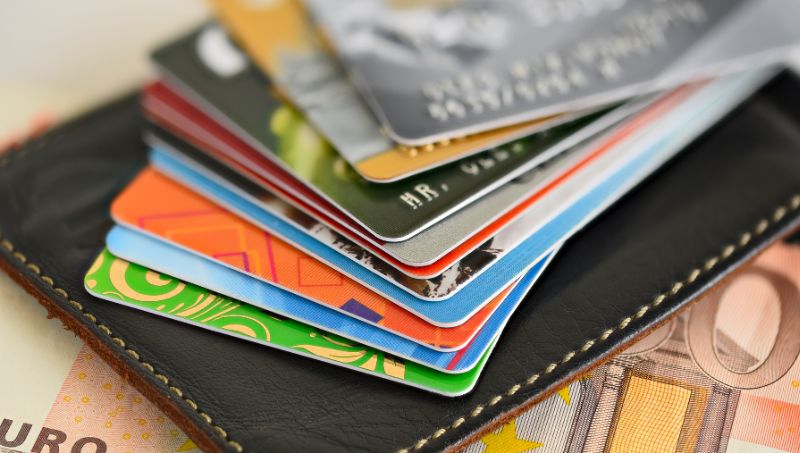
How has the credit card landscape evolved in Australia over the last decade or so?
Australia’s credit card market has evolved significantly over the past decade or so. When my brother Andrew and I first launched CreditCardCompare.com.au back in 2008, the options available to consumers were relatively limited compared to the diverse range of products we see today. At that time, the market was dominated by the big four banks offering fairly standard credit card offerings.
A few major trends have emerged to reshape the credit card landscape in Australia.
One of the most prominent trends has been the growing popularity of premium credit cards — these are the platinum and black level cards that come with lucrative travel perks and benefits (complimentary airline lounge access, complimentary insurance, and so on).
Sign up bonuses are as strong as they’ve ever been — maybe even stronger — but there are more hoops to jump through for cardholders to get those points compared to what it used to be like.
On the other end of the spectrum, we’ve also seen a proliferation of low-rate, no-frills credit card products targeting budget-conscious borrowers. Cards with no annual fees, low purchase interest rates, and basic features continue to cater to consumers primarily focused on minimising costs rather than chasing rewards.
How has CreditCardCompare had to adapt to these industry changes?
The credit card market’s evolution over the past decade has certainly kept us on our toes at CreditCardCompare.
Whereas comparing credit cards may have been relatively straightforward years ago, today’s reality requires consumers to more granularly analyse what’s available to identify those products aligned with their spending habits, financial goals, and lifestyle preferences. To assist in that, we’ve invested heavily in developing our platform, data, and research capabilities to provide that level of customised guidance.
Ultimately, our core mission since founding CreditCardCompare remains helping Australian consumers cut through the overwhelming number of offers to find their ideal credit card. While the solutions have become more sophisticated, our commitment to simplifying people’s financial decisions has not changed. An informed consumer is our top priority.
What types of credit card rewards programs are most popular in Australia?
Frequent flyer programs linked to airline partners remain the most sought-after credit card rewards currency for most. Qantas Frequent Flyer and Virgin Australia Velocity dominate the market, as they always have.
That said, bank-run rewards programs have improved their offering over the years and really have been challenging airline-linked programs, especially with their welcome bonuses and travel perks.
And given the much-publicised problems actually finding seats available to book with points, it’s not difficult to see how the flexibility offered by the likes of NAB Rewards and ANZ Rewards won’t draw more customers.
What credit card trends do you anticipate in the Australian market?
A few trends I see continuing are the growth of instalment payment capabilities integrated into credit cards. Australia is the birthplace of BNPL juggernauts Afterpay and Zip, so it makes sense for the banks to respond with credit cards that align with that repayment model.
There hasn’t been much by way of substantial change. I remember when American Express brought out a new card with mobile phone screen insurance and that was a “big” change back then.
Plus, not everything works. American Express released their cashback card to much fanfare, but it just didn’t pan out how we thought it would and it was ultimately withdrawn from the market. It appears the Australian consumer prefers points over cash, even though the value prop can be a bit more confusing or obfuscated.
I’d also expect fintechs and non-banks to chip away at the big banks’ market share by launching innovative, digital-first credit card products and experiences. There have been some improvements in the application and onboarding process, with some cards now being available to use instantly upon approval by way of a virtual card in a mobile wallet.
Credit cards remain extremely popular in Australia and I think there is a strong future for them, but I would predict slow and steady change over the coming years in the absence of there being an iPhone moment.















